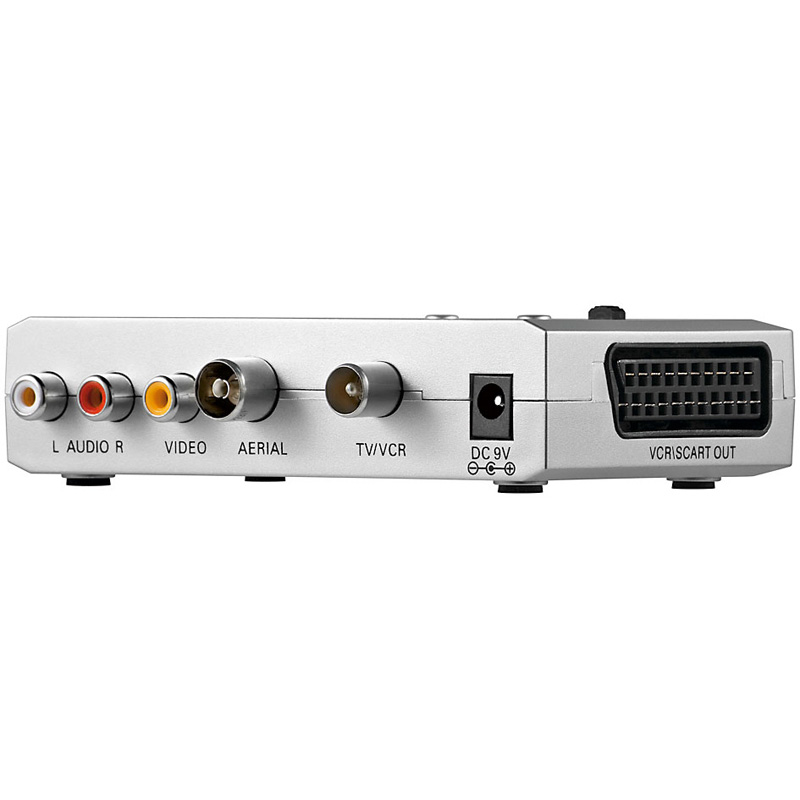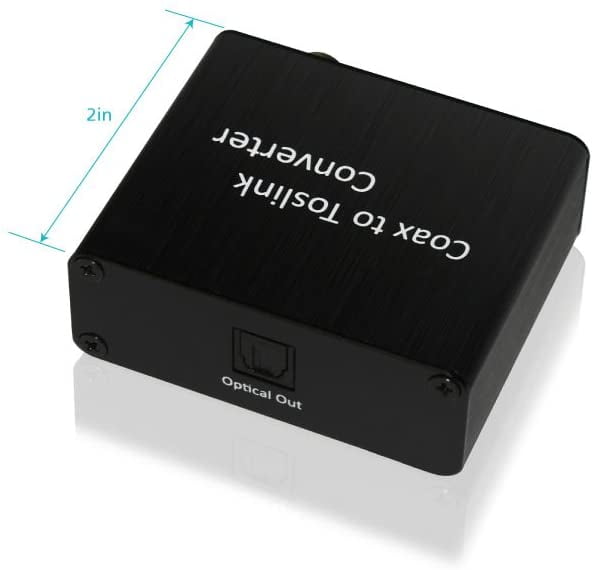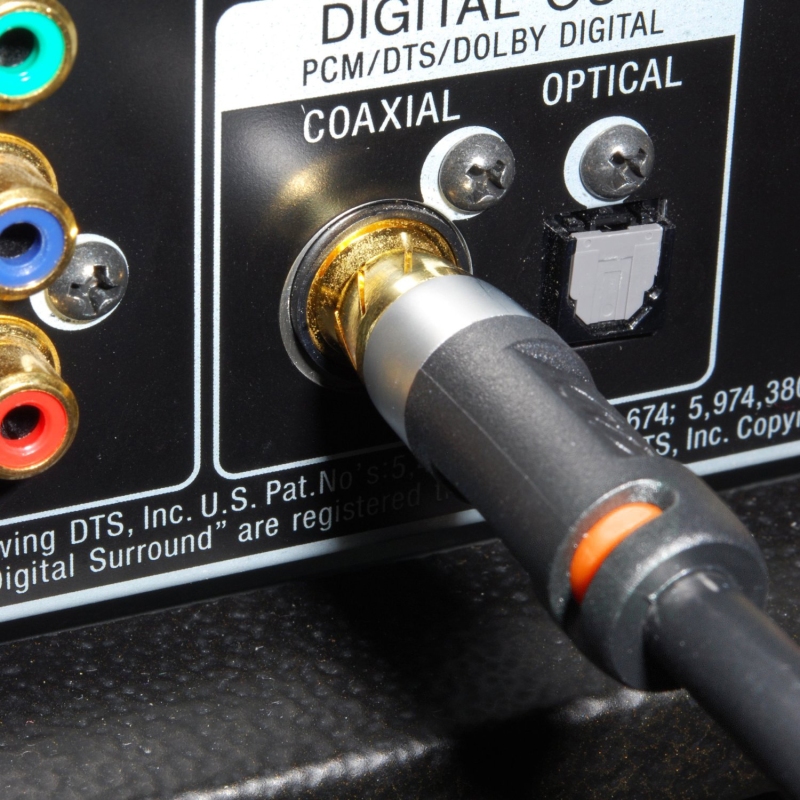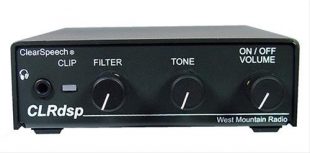

Therefore, if you wire your own input cables, it is recommended to connect pins 1-2 and 3-4. The input connector on the BDS box is a common TA4M (miniature 4-pin male XLR) with the standard scheme of “pin-1 NEG, pin-4 POS.” To improve reliability and reduce voltage drop, the contacts are doubled 1-2 and 3-4 at the circuit board. For simplicity sake, if you’re pulling a full 2A from the USB port, it is safe to assume that you’ve got about 4A remaining capacity for all the other output jacks, which is more than sufficient for nearly all ENG bag configurations. So, the USB port can provide a maximum of 1/6th the total output of the BDSv4u, or the equivalent of ~833mA at 12V, not including the slight losses of the 5V regulator circuit. 2A 5V is equal to 10W (2 * 5), and the entire BDSv4u is limited to 60W (5A * 12V). It may be easier to think of it in terms of Watts. Note: When the USB is at maximum capacity (2A 5V), it is important to remember that the 2A doesn’t directly count against the 5A maximum total for the whole box, since they are defined at different voltages. If faster charging for Apple devices is desired, we recommend using Remote Audio’s BDSUSB adapter cable, rated for 1A 5V and containing Apple’s proprietary circuit.

This design choice was made to conserve battery life for more critical functions, such as powering the recorder/mixer in the bag. In that case, it is being trickle-charged when awake and charged when sleeping or in standby mode, allowing the iPad to be run indefinitely (or until the BDS’s power source is drained). When connected to the BDSv4u, the iPad will show a “Not Charging” status message on the toolbar. For instance, most Apple devices use a proprietary circuit to charge at the maximum rate (higher current).

Devices that do not conform to that specification may not be able to take full advantage of the port’s 2A capability. The BDSv4u’s USB port is wired to conform to the official USB “Dedicated Charging Port” specification. Unlike many other 12V to 5V USB adapters, which are limited to 1A, this USB port is able to deliver a regulated 5V at up to 2A (10W). The BDSv4u has a standard USB port to facilitate charging or powering anything that will run or charge via USB, such as a smartphone or handheld recorder.

Input cables, battery adapters and AC-DC adapters are also available from Remote Audio. Y-cables are available for connecting more than six devices to your BDS unit. The polarity of the outlets is “center positive”. Therefore, it is recommended that only Remote Audio brand output cables be used. Output cables by Remote Audio are manufactured specifically for use with the BDS, and come with unique low-profile right angle locking connectors. This connector set was chosen for its strength and so that unused (exposed) outlets on the box are not active until a cable with the proper mating connector is plugged into it, helping prevent accidental short circuits. The outlet connectors on the BDS box are a special switching type that requires a long-shaft mating plug with a 2.5mm hole. In this case, the on/off function of the RM will only turn on and off the meter display. If the BDSv4u toggle switch is in the on position, the RM will not turn off the BDSv4u. Pressing the “AMPS” button will display the current draw of the devices being powered for as long as the AMPS button is pressed. The RM will then display the voltage of the power source. To turn the BDSv4u on or off with the RM, flip the toggle on the RM. This allows the BDSv4u box to be placed deep in the bag, out of the way. When connected to the RM and the BDSv4u toggle switch is in the OFF position, the RM controls the on/off circuit of the BDSv4u. In this case, the toggle switch turns the unit on and off. The RM can turn on and off the BDSv4u remotely while displaying the voltage of the power source and the amperage draw of the connected equipment. The BDSv4u design takes the system to another level of functionality with the 6-pin connector for the RM (Remote Meter) accessorie. The input and output connections are the same, so all previous BDS input and output cables manufactured by Remote Audio are compatible with the BDSv4u and BDSv4. For this basic function, the BDSv4u may be used exactly like the earlier BDS versions that it replaces. The primary purpose of the BDS system is to enable multiple pieces of equipment to be powered by a single source, and simultaneously turn them on and off with a single switch. BDSv4u also has a USB power outlet and a 6-pin port for remote accessories. Remote Audio’s BDS system consists of a reverse-polarity protected and overload protected distribution box with illuminated bi-color on/off switch, six standard outlets, a power source (typically a rechargeable battery such as the NP-1), an input cable, and output cables to the devices being powered.


 0 kommentar(er)
0 kommentar(er)
